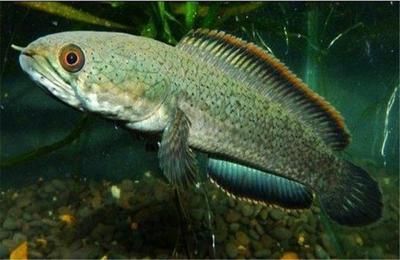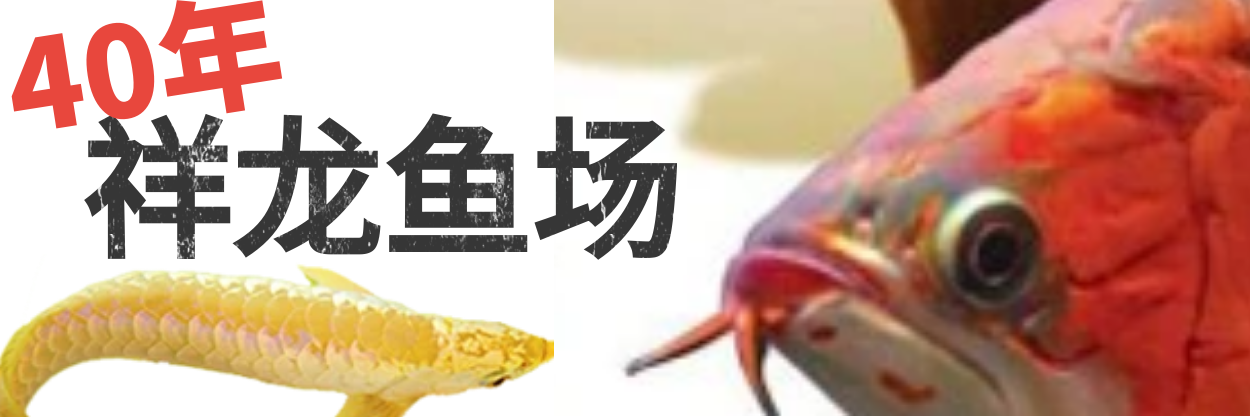龙鱼的英文名【thescientificnameforthearowana】
,2、How many species of Arowana are there, and what are their common names?,3、In which regions of the world can one typically find Arowana in the wild?,4、What are the key differences between the freshwater and saltwater species of Arowana?,5、What kind of care and environment do Arowanas require to thrive in an aquarium setting?
1、What is the scientific name for the Arowana, also known as the dragon fish?
2、How many species of Arowana are there, and what are their common names?
3、In which regions of the world can one typically find Arowana in the wild?

4、What are the key differences between the freshwater and saltwater species of Arowana?
5、What kind of care and environment do Arowanas require to thrive in an aquarium setting?
回答:
The Arowana, often referred to as the dragon fish, is a fascinating and visually striking species that has captivated aquarists and enthusiasts around the world. Its scientific name is *Osteoglossum*, with several species falling under this genus. The most well-known among them include the Silver Arowana (*Osteoglossum bicirrhosum*) and the Black Arowana (*Osteoglossum ferreirai*). There are about nine recognized species within the genus *Osteoglossum*, each with its own unique characteristics and habitats.
Arowanas are native to the South American continent, predominantly found in the Amazon Basin, Orinoco Basin, and some coastal areas. Their natural habitat ranges from slow-moving rivers and floodplains to seasonally flooded forests, where they can grow to impressive sizes. The distinction between freshwater and saltwater species is significant; while most Arowanas are freshwater fish, there are also brackish water species like the Indo-Pacific archerfish (*Toxotes* spp.), which have adapted to live in both fresh and saltwater environments.
Caring for an Arowana in an aquarium setting requires meticulous attention to detail. They need spacious tanks due to their size and active nature, with plenty of swimming space. Water quality is paramount; maintaining clean, well-oxygenated water with a stable temperature between 75-82°F (24-28°C) is crucial. Arowanas are jumpers by nature, so a securely covered tank is essential to prevent escapes. Their diet should mimic their natural feeding habits, consisting of live or frozen feeder





发表评论